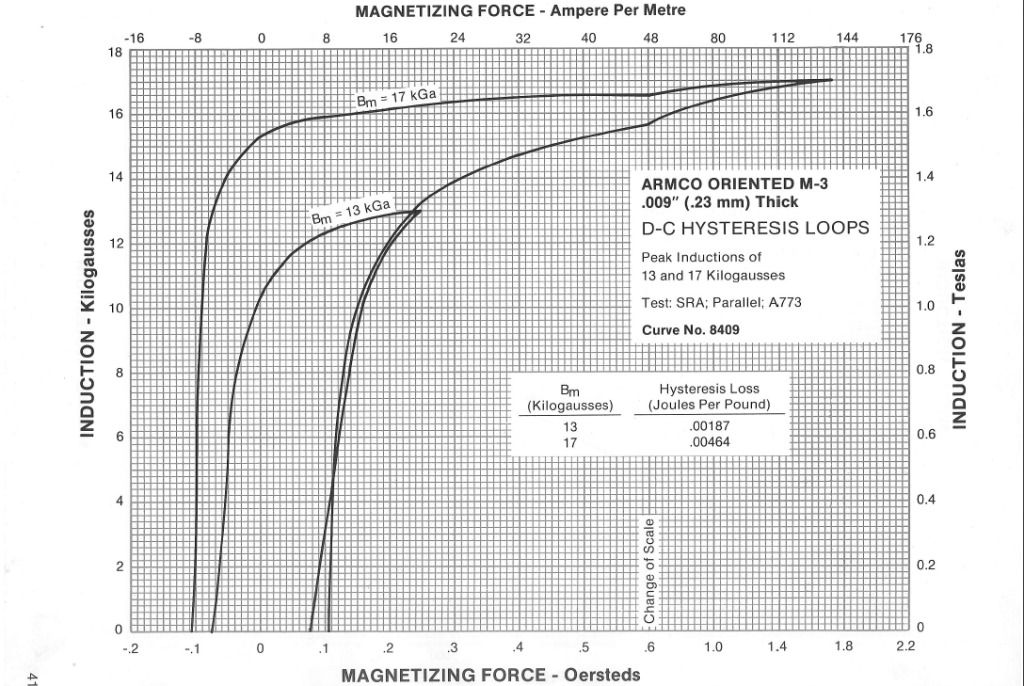Originally posted by garrettm4
View Post
Already finished the Blackwell book, which I uploaded together with some other info I could find to my server:
Directory contents of /pdf/Reference_Material/Parametric_Excitation/
Will upload the other two books in the coming days to the "Magnetic Amplifiers" section:
Directory contents of /pdf/Reference_Material/Magnetic_Amplifiers/
Also renamed the "report" file I had on Mandelstam and Papalexi. This is a 60 page NASA translation of a 1935 article in Russian:
http://www.tuks.nl/pdf/Reference_Mat...ion%201969.pdf
This appears to be the paper referred to by Janssen in his "Investigations of Parametric Excitation in Physical Systems" (2005):
http://www.tuks.nl/pdf/Reference_Mat...20-%202005.pdf
In 1935 a Russian paper was published by L. Mandelstam, N. Papalexi, A. Andronov, S. Chaikin and A. Witt. The title of the paper was “Report on Recent Research on Nonlinear Oscillations”. In this paper, the authors discuss many types of nonlinear oscillations. One chapter is dedicated to parametric excitation of nonlinear circuits. I came across references to this paper two different times. Once was when professor Denardo mentioned that one of his books referenced it. The other time was when I was doing a Google search for parametric excitation. The website, The Tom Bearden Website (29 APR 05) seemed unreliable due to its content, which mostly consisted of claims for free energy without proof. I nevertheless decided to investigate the reference. I found a few more references to the paper on-line but no directions where to find it. After consulting with NPS librarian Michaele Huygen and searching many online resources of the library, I found a copy of the paper in English. The paper had been translated from Russian to French to English. The copy that I had found was produced by NASA Technical Translation.
Janssen also discusses the Rotary Electrostatic Converter, which has actually been built in practive by Chris Carson based on Eric's theory:
B. THEORY OF A CAPACITANCE-MODULATED CIRCUIT
To modulate the capacitance of an LC circuit, we consider a bank of n parallel sectored plates, where every other plate is electrically connected, and where one set of plates is rotated (Fig. 10). This configuration amounts to n – 1 identical variable capacitors in parallel (n = 10 in Fig. 10).
To modulate the capacitance of an LC circuit, we consider a bank of n parallel sectored plates, where every other plate is electrically connected, and where one set of plates is rotated (Fig. 10). This configuration amounts to n – 1 identical variable capacitors in parallel (n = 10 in Fig. 10).
Tuks Unsorted KieknWatTWordt Stuff : Energetic Form Posts













Comment